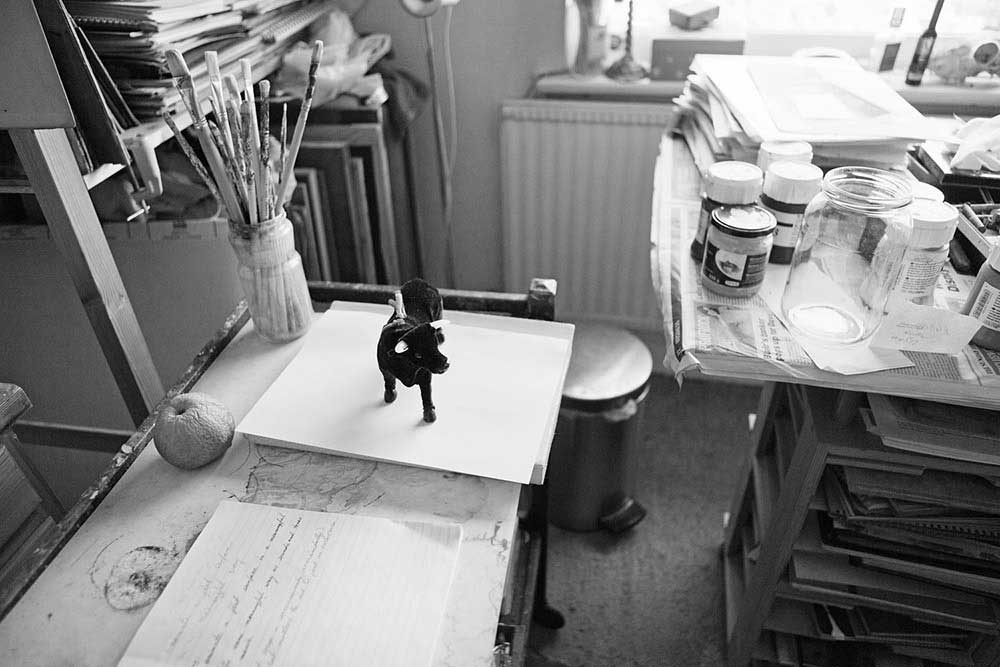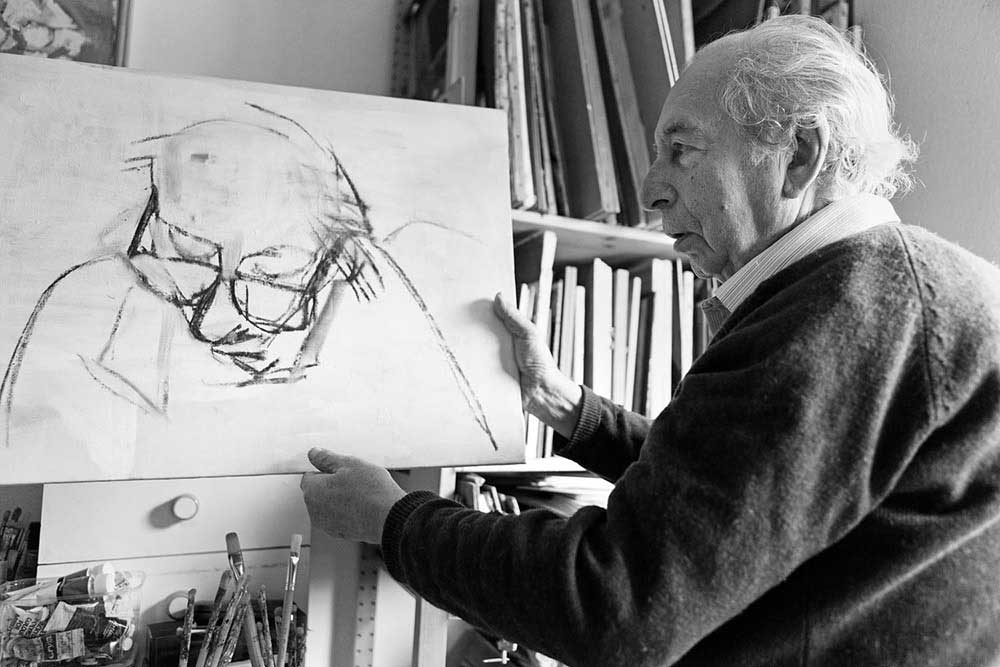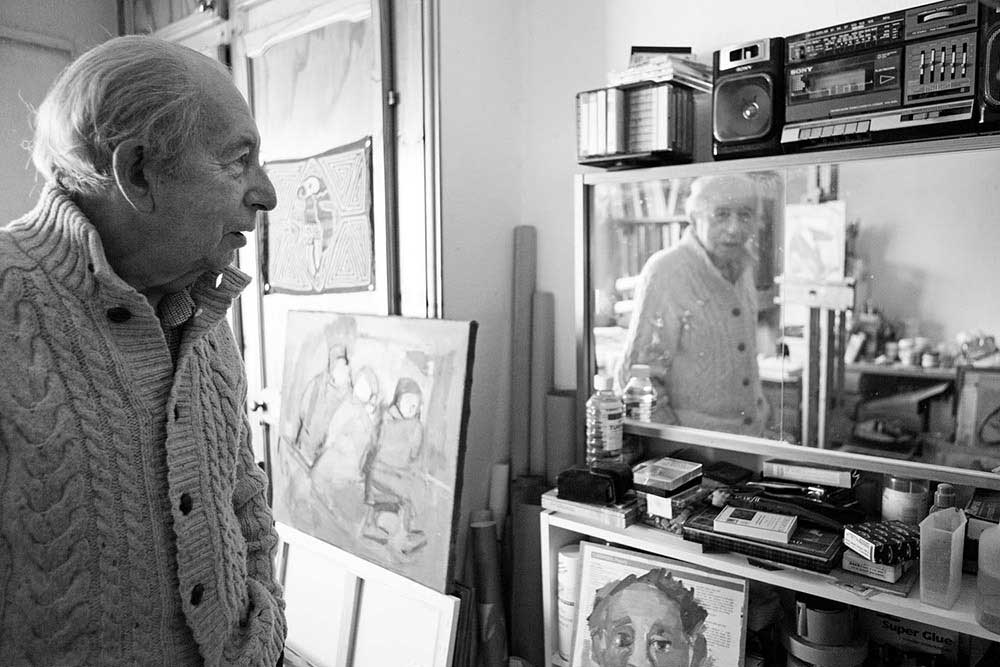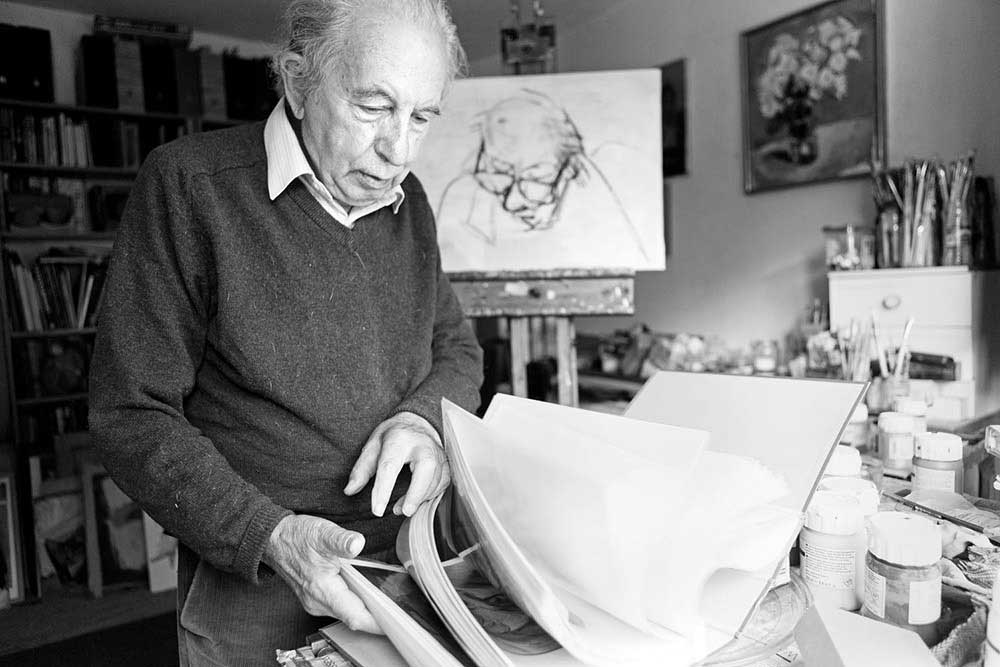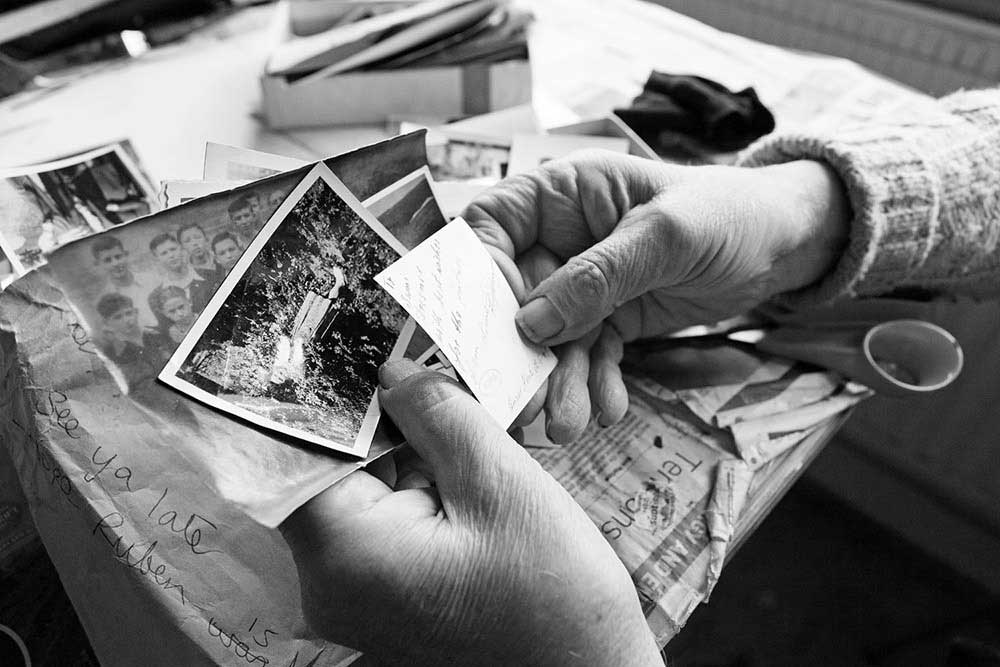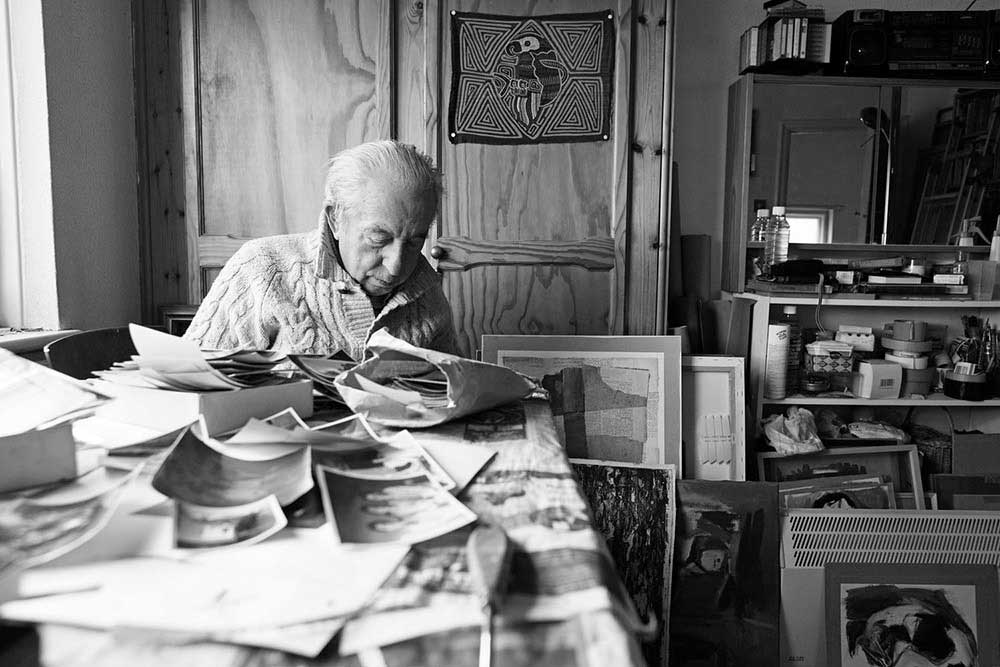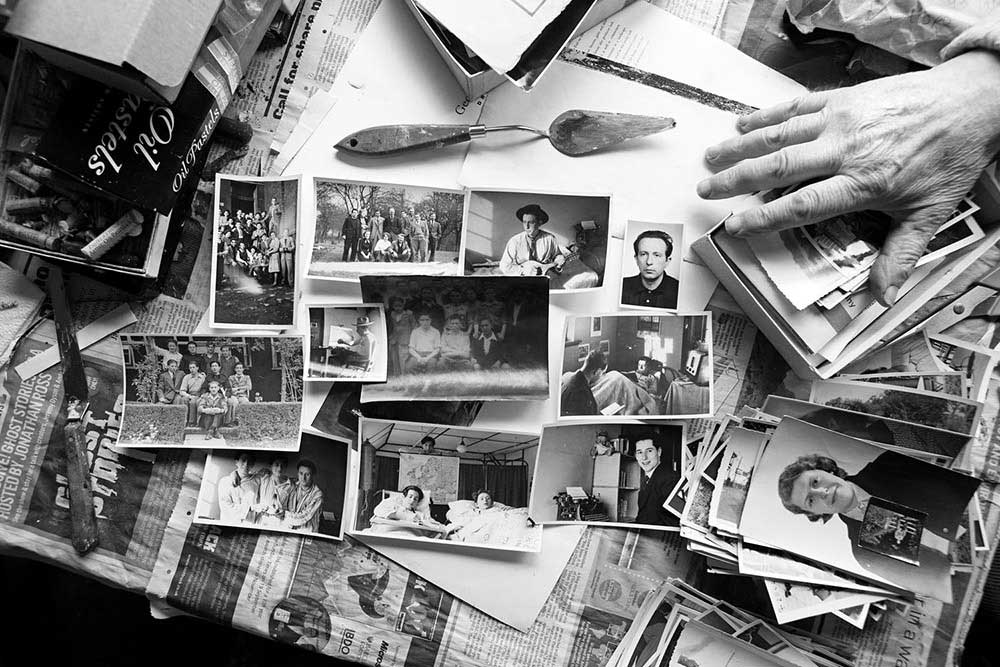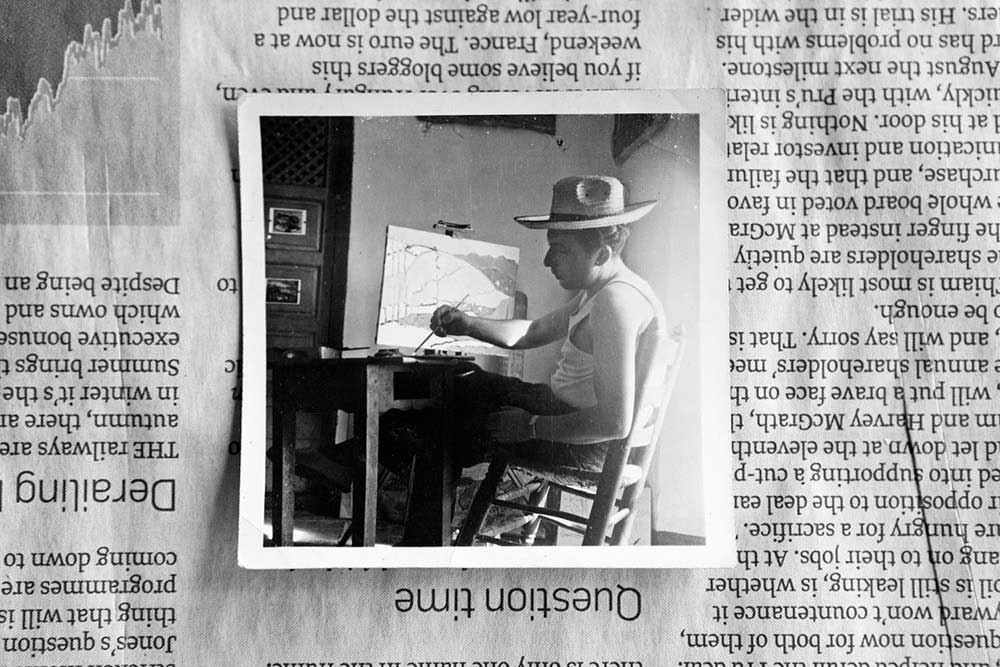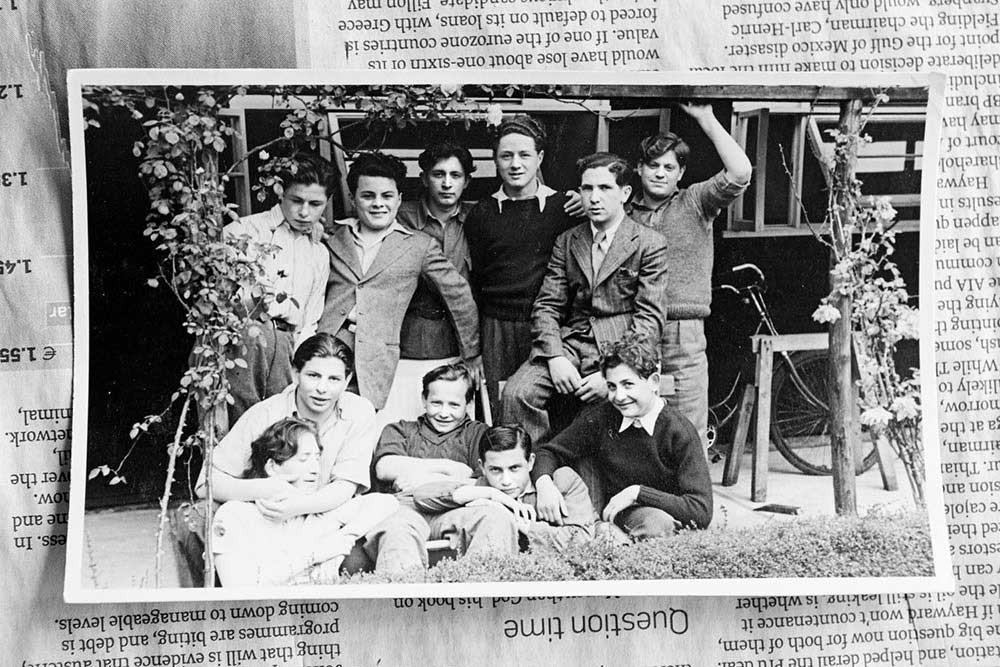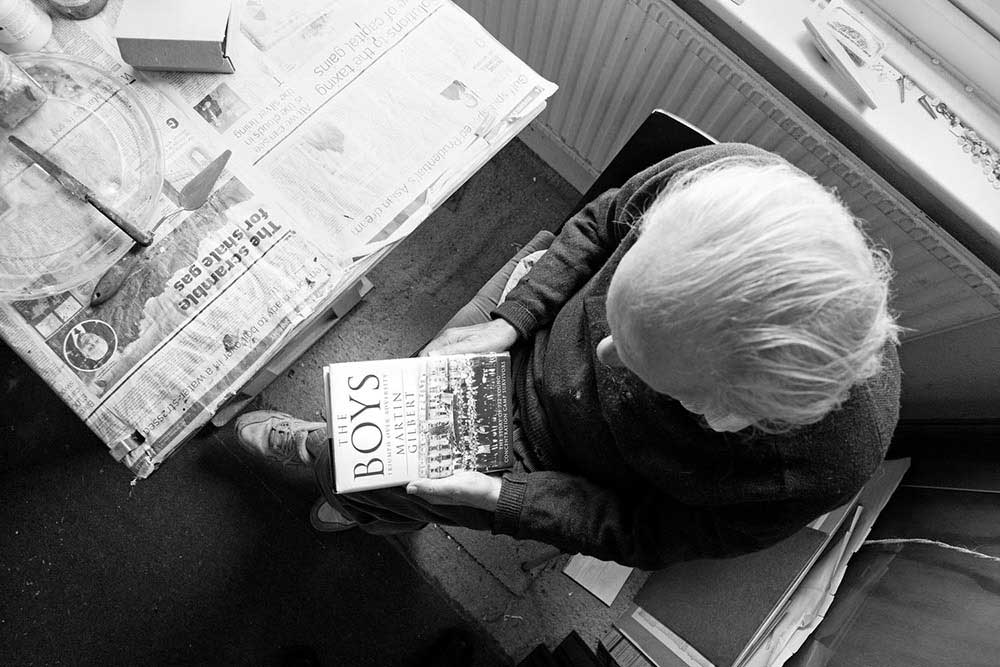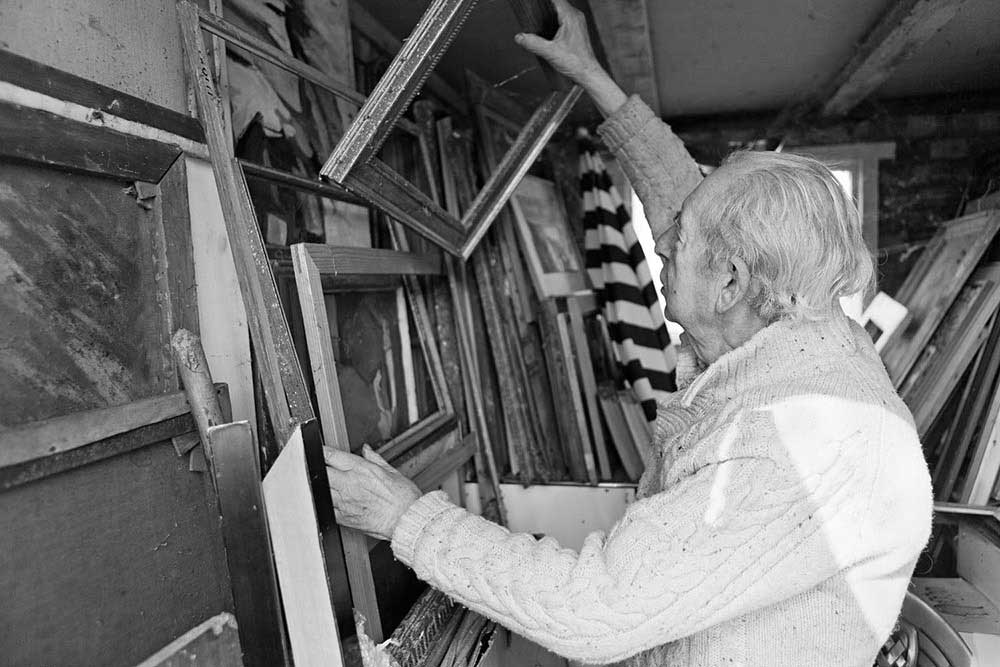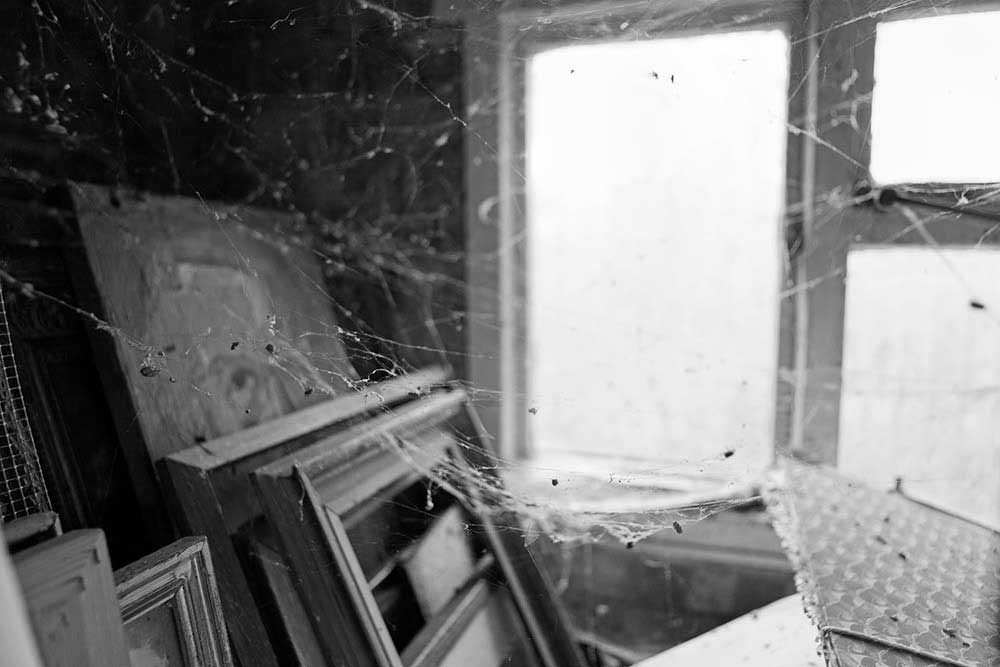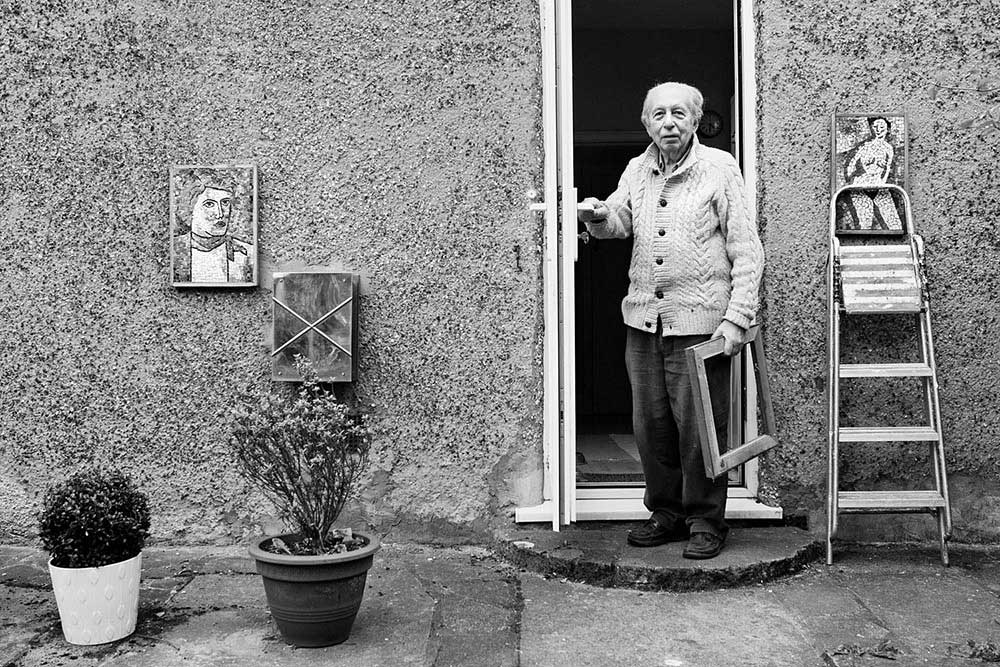Life of people during the middle of the twentieth century was marked with very bold scars. A lot of them were in contact with cruelness, constraints, pain and huge hardship.
War very often leaves big marks and ruins a lot of destinies, but there are stories that enlighten these times in different angle and it proves that even in these hard moments there was a hope and faith, passion for creativity and love for the art.
Just after the end of the World War II during the liberation of people from Buchenwald Concentration camp they made their first trip to the Czechoslovakia (Czech republic at that time) – the place where all their other trips were made from. For the orphans of the young age fate was good and in 1945 United Kingdom government agreed on giving refuge to 1000 homeless children out of the camps, though they needed to be not older than 16 years old. It was not so easy as it might sound. Very young children were less useful in the work camps so their number was strictly regulated. Having the hard luck to find 1000 of them in the end 760 were found and transported to United Kingdom with the help of the British air forces. A lot of them reached United Kingdom with a very severe health after the long and tiring work in the camp factories. Most of them had to spent several years in sanatoriums to get back in to the previous shape.
One of them was Shmuel Dresner. During the time he was almost 16 years so it was just a happy coincidence that he was among these 760 children. Most of his years during the war he spent in the concentration camp ammunition powder factory. Coming to United Kingdom for him was a happy moment, though first 4 years there he spent in sanatorium – at this moment his lungs were almost destroyed by the harsh working conditions.
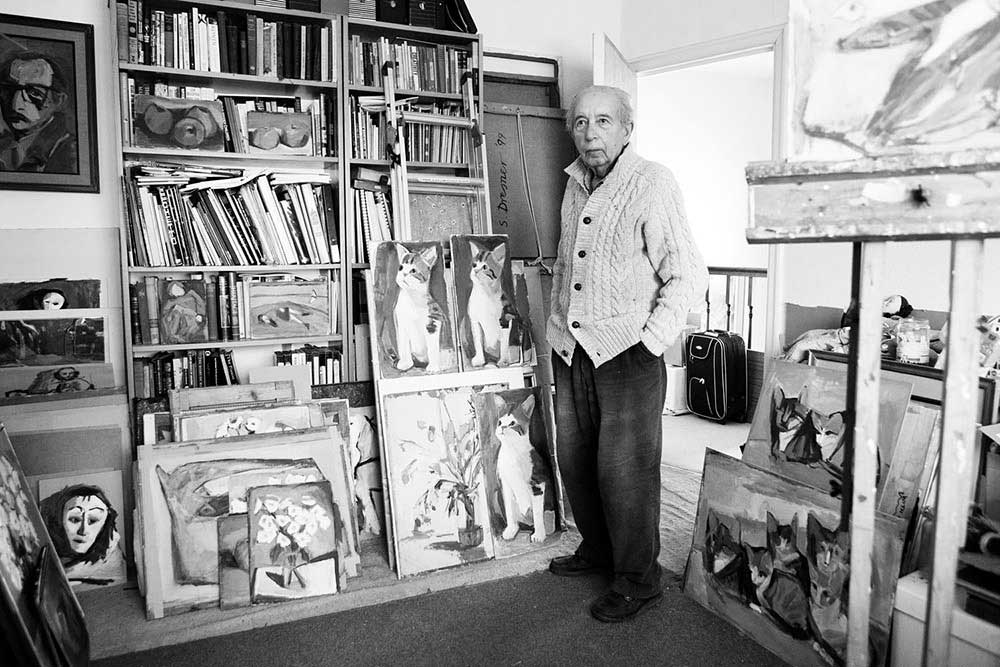
After getting better Shmuel stayed in United Kingdom and straight away started to learn in the arts school. During his 4 years in sanatorium he became seriously interested in painting. Eventually it became the biggest passion and the main calling of his. His first acknowledged piece was the picture he painted for art competition at that time initiated by British Red Cross. For it Shmuel did a reproduction on Vincent Van Gogh’s auto portrait with a cut ear. In the competition he became one of the winners and got his first set of oil colours. It was one of the biggest motivations for him to move towards the art world.
During the years in Sanatorium a lot of young people had a possibility to find themselves in arts and other areas – at last they got a possibility to dream. One of the closest friends of Shmuel – Zvi Zeller found his artistic expression in photography. Because of his passion Shmuel is very happy to have lots of photos from his young days.
While studying in art school Shmuel got a job in the West End theatres as a stagehand where he worked for almost 15 years to support himself, study and to be able to continue with his passion for art. Though later, after creating a family and understanding that art will not maintain good quality of life, he started to work as a painting restaurateur. Staying in this practice he could keep maintaining family with a solid income though not to loose his passion for arts. He never stopped painting and in 1957 even went for long practice in Spanish villages. Shmuel highly appreciated landscapes in this country. It was one of his most momentous experiences. Later he participated in numerous joint exhibitions and was feeling happy to be appreciated.
Shmuel still paints and this makes him happy every day. In the first floor of his house he has his own warm studio that is full of things, books and details, which speak about great passion of his. Even his shed in the end of his garden is full of picture frames that he collected through his life. Some of them came from a Stern Pissarro Gallery that he still works in as an accountant being already 84 years old. «You can’t take the creativity from a persons soul neither from his mind. It stays there until you are alive, whatever your story is.» adds Shmuel while going through the book «The Boys» that was written about these 760 children, that were much more lucky than thousands of others.
About Tadas Kazakevicius
I am Tadas Kazakevicius, a thirty-four-year-old Lithuanian representative of documentary photography, now living in Vilnius, Lithuania, though I was born and grew up in a city of Siauliai. Though professionally I have a diploma in architecture, specialise in photography and graphic design most of my time I devote to and breathe in documentary photography. I have already been in photography for about nine years, with the last seven of them being committed to individuals and their story, as the principal subject of my photography. I am a devotee of traditional film photography and prefer using medium and large format film cameras. [Official Website]



